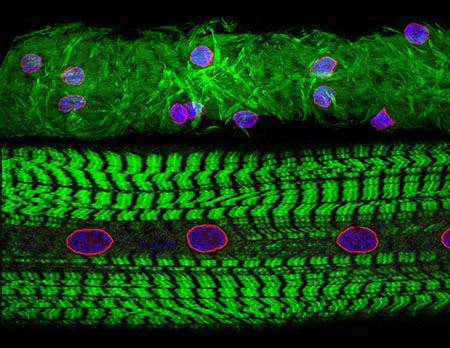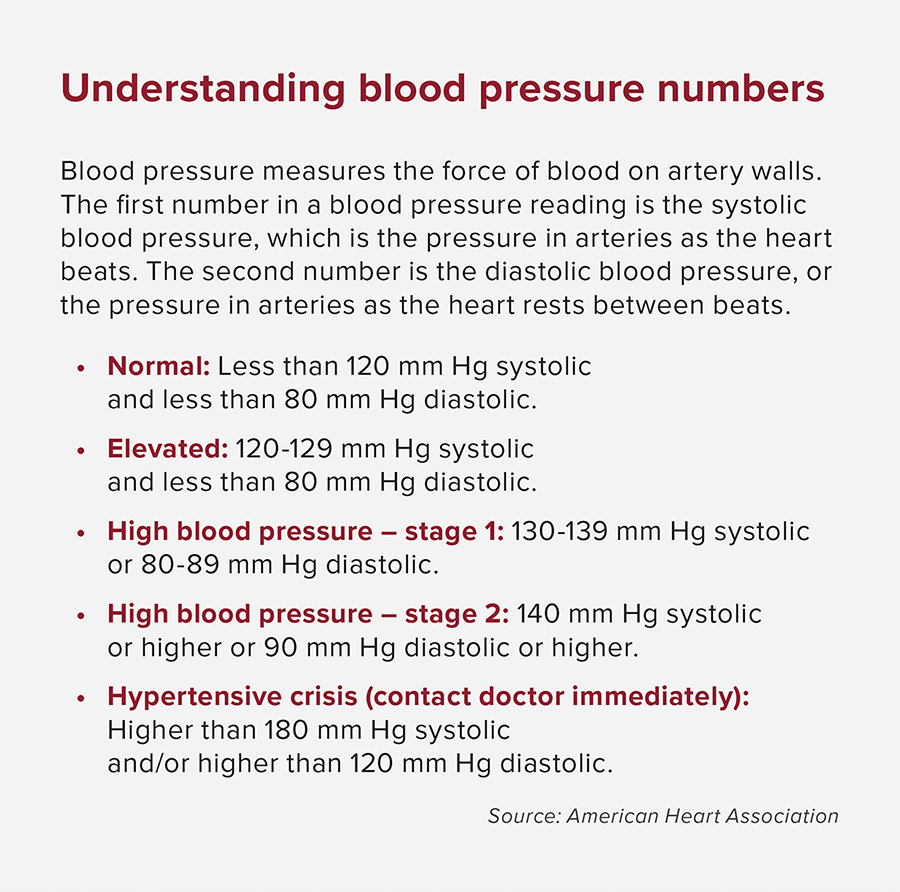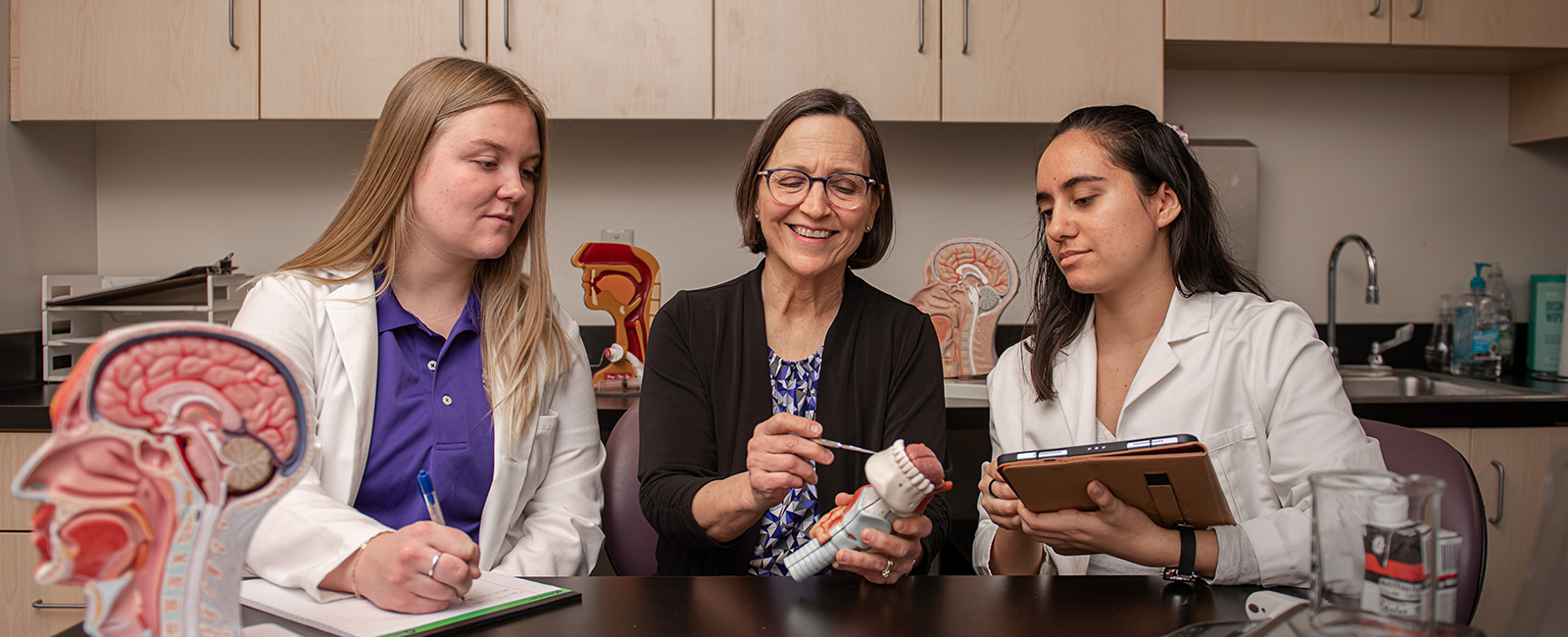The science behind some of today's health challenges
Anatomy of a breakthrough
By Michelle Geering
Seek more
From the discovery of germs and their role in illnesses, to the introduction of anesthesia for pain prevention during surgery, to the use of insulin as a diabetes treatment, to unearthing the secrets of DNA, scientific research over the decades has improved human health. At Kansas State University, researchers are leaders in areas such as vaccine development, cancer screening technology and biomedical applications.
Every experiment plays a part in future progress. Researchers and students at K-State are working across a variety of disciplines to solve some of today’s human health challenges. The next breakthrough in human health could be just around the corner and discovered in a K-State laboratory.
Small specimen, big possibilities
Curiosity drives scientific innovation. For Erika Geisbrecht, professor of biochemistry and molecular biophysics in the College of Arts and Sciences, understanding the why and how fuels her passion for discovery.
Protein aggregate diseases are disorders caused by abnormal protein accumulation in cells. They can result in neurodegenerative diseases, such as Alzheimer’s disease, Parkinson’s disease or muscular disorders like myofibrillar myopathy. Currently, there is no known cause or cure for these diseases.
The fruit fly may hold the answers.
According to Geisbrecht, the fruit fly has similar genes to humans, making it a great model organism. By studying the fruit fly, or Drosophila melanogaster, Geisbrecht is able to understand how muscle diseases form and affect human health.
“For 80% of the known human disease genes, the fruit fly has a similar gene that performs the same function in the cell,” she said. “Even though the body structure of a fruit fly looks different, all of the basic proteins and genes that make up the organism are the same. We can then mutate a gene in the fruit fly and follow it throughout embryonic development — where all muscles are made — and study through the entire life span.”
Geisbrecht said many proteins for muscular diseases are in cells throughout the body but only affect the cells in muscle tissues. With nearly $2 million in National Institutes of Health funding, researchers in her lab study the consequences of gene mutations to understand how muscle degeneration and disease occur.
 “The work we do in my lab is important to understanding the basic biology of how things work,” she said. “Muscle diseases are incredibly understudied, but also applicable to understanding certain neurodegenerative diseases since the mechanisms of the diseases are similar. We have made great progress in understanding how cells function.”
“The work we do in my lab is important to understanding the basic biology of how things work,” she said. “Muscle diseases are incredibly understudied, but also applicable to understanding certain neurodegenerative diseases since the mechanisms of the diseases are similar. We have made great progress in understanding how cells function.”
In addition to understanding cell function, another important aspect of her work in the lab and classroom is preparing students to take what they learn at K-State and apply it in their future careers.
“It’s really important for students to see basic research, understand how it’s done and then translate that into future patient therapy,” Geisbrecht said. “They are the future of science. They see that research takes time and can understand why we don’t have a cure for some diseases.”
Engaging for the heart
According to the high blood pressure guidelines released by American Heart Association and American College of Cardiology in 2017, nearly 50% of American adults have hypertension, or high blood pressure. The general public needs help to better understand the risks and effects that high blood pressure has on the body as well as how to control and manage blood pressure.
American College of Cardiology in 2017, nearly 50% of American adults have hypertension, or high blood pressure. The general public needs help to better understand the risks and effects that high blood pressure has on the body as well as how to control and manage blood pressure.
Yanli Wang, doctoral student in human nutrition in the College of Health and Human Sciences, has a solution that will soon be available in all 105 Kansas counties, thanks to a partnership with K-State Research and Extension.
For her graduate research, Wang held focus group discussions to get a baseline understanding of what adults know about high blood pressure. This information provided direction for educational materials and intervention workshops Wang held in early 2023 to help adults broaden their knowledge on preventing and controlling high blood pressure, especially in nonpharmaceutical ways.

Wang found that those surveyed had limited or inaccurate information about high blood pressure, the effects high blood pressure has on different organs in the body, the role nutrition plays in regulating blood pressure and the myth that medication is the only way to control blood pressure levels.
“I did notice some misconceptions about high blood pressure,” Wang said. “Additionally, most participants only had a very basic knowledge of blood pressure, but did not understand how it affects the body — the heart, the arteries, the brain, the bones and the kidneys.”
Tandalayo Kidd, food, nutrition, dietetics and health department head and professor, challenged Wang to provide information that was not readily available to the general public in an engaging format.
“For the majority of people on high blood pressure medication, they can make some lifestyle changes to decrease the amount of medication being taken or completely go off it,” said Kidd, who is also a registered dietician and licensed practical nurse. “If someone is told to modify their diet to control high blood pressure, they need to know how best to do that. For instance, eating potassium-rich foods and lowering sodium intake are beneficial in lowering blood pressure. There is a natural, biological relationship between sodium and potassium — the more potassium-rich foods consumed, the more sodium is excreted from the body through urine.”
Through a pilot study, Wang tested the effectiveness of the educational materials she developed. Participants either participated in a four-week intervention group by attending 30-minute workshops or received the educational materials to review on their own.
Once finalized, Wang’s educational modules and information packets will be available through K-State Research and Extension.
Improving daily life
 An estimated 5-10% of Americans live with language, speech, swallowing or hearing disorders. Individuals experiencing issues with articulation, fluency, voice and resonance, language, cognition, hearing, swallowing, social communication and communication modalities can get help and support at K-State’s Speech and Hearing Center.
An estimated 5-10% of Americans live with language, speech, swallowing or hearing disorders. Individuals experiencing issues with articulation, fluency, voice and resonance, language, cognition, hearing, swallowing, social communication and communication modalities can get help and support at K-State’s Speech and Hearing Center.
“Our practice focuses on the needs of the population across the life span,” said Melanie Hilgers, clinic director and clinical associate professor. “The center provides quality services to those with communication, hearing or swallowing issues, as well as quality education and training to future speech-language pathologists.”
Dysphagia, or swallowing difficulty, is a unique component studied in speech-language pathology. This field has traditionally focused on concerns with sound and word production, but swallowing difficulties tie in closely with these areas and have become part of speech-language pathologists’ work. This disorder is common in aging adults and in individuals with neurological disorders, such as Parkinson’s disease, or those who have had a stroke, traumatic brain injury or feeding disorder. Dysphagia can lead to choking or aspirating food, poor nutrition, dehydration and other medical concerns.
Jane Garcia, professor of applied human sciences in the College of Health and Human Sciences, specializes in communication and swallowing disorders caused by neurological disorders. Her research explores using thickened liquids as an intervention tool to assist in safe beverage consumption for those with swallowing disorders. Garcia said the level of diet modification is adjusted to the needs of each patient and can be used in tandem with restorative swallowing therapies.
“Thin liquids, like water, are challenging to swallow as they move fast and their control in the mouth can be difficult when swallowing is impaired,” Garcia said. “By making thin liquids a little more viscous, patients may be able to swallow beverages safely and lessen their risk of health complications like aspiration pneumonia or the need for a feeding tube. When individuals are able to safely continue to take food and drink by mouth, it is important for recovery and quality of life.”